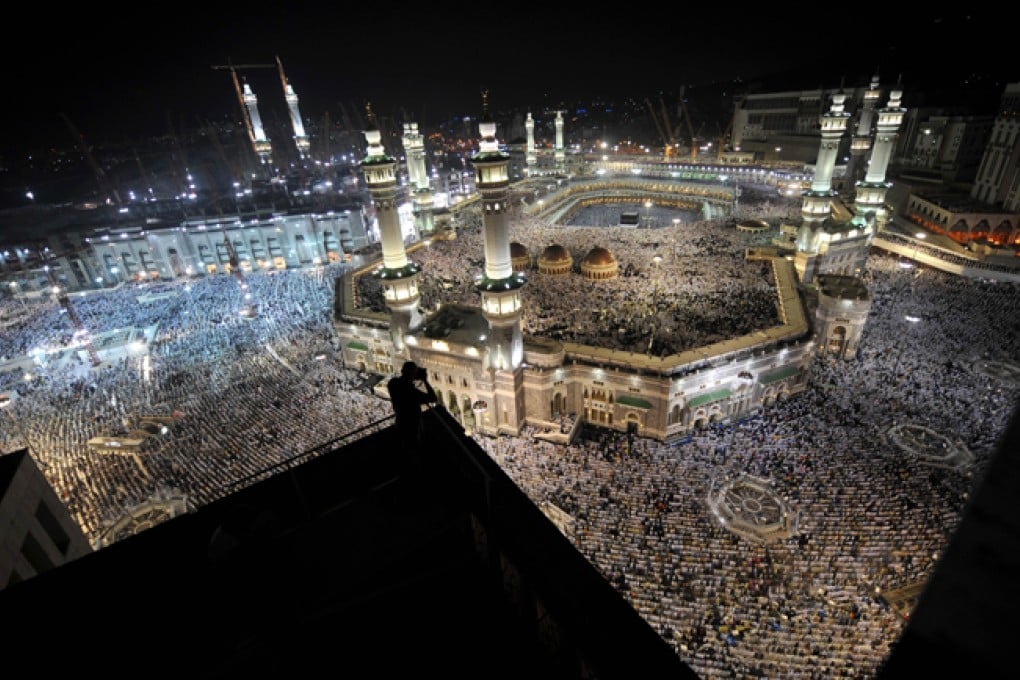Higher purpose
Mecca, home to the world's second-tallest building, is seeing its most holy sites vanish in a surge of astronomically priced development, writes Oliver Wainwright

A glowing green disc hovers high in the night sky, casting an eerie glow over a forest of minarets, cranes and concrete frames that seem to stretch endlessly into the dusty distance, like a vast field of dominoes. The disc is the largest clockface in the world – and not only does it adorn the tallest clocktower in the world, it also sits atop a building boasting the biggest floor area in the world. Visible 30 kilometres away, this is the Abraj al-Bait, which towers some 2,000 feet over the holy mosque of Mecca in the spiritual heart of the Islamic world.
This thrusting pastiche palace houses an array of luxury hotels and apartments, perched above a five-storey slab of shopping malls. Completed last year at a cost of US$15 billion, it stands on a site formerly occupied by an Ottoman fortress. A stone citadel built in 1781 to repel bandits, the Ajyad fortress’ demolition sparked an international outcry in 2002, but this was quickly rebuffed by the Saudi Islamic affairs minister. “No one has the right to interfere in what comes under the state’s authority,” he said. “This development is in the interest of all Muslims all over the world.”
The fortress wasn’t just swept away – the hill it sat on went, too.
Shooting 26 searchlights 10 kilometres into the skies, and blaring its call to prayer seven kilometres across the valley, the Abraj al-Bait is also the world’s second-tallest building. Encrusted with mosaics and inlaid with gold, it is the most visible (and audible) sign of the frenzied building boom that has taken hold of Saudi Arabia’s holy city over the past 10 years.
“It is truly indescribable,” says Sami Angawi, architect and founder of the Jeddah-based Hajj Research Centre, who has spent the past three decades researching and documenting the historic buildings of Mecca and Medina, few of which now remain. In particular, the house of the prophet’s wife, Khadijah, was razed to make way for public toilets; the house of his companion, Abu Bakr, is now the site of a Hilton hotel; and his grandson’s house was flattened to make way for the king’s palace.
“They are turning the holy sanctuary into a machine, a city which has no identity, no heritage, no culture and no natural environment. They’ve even taken away the mountains,” says Angawi.